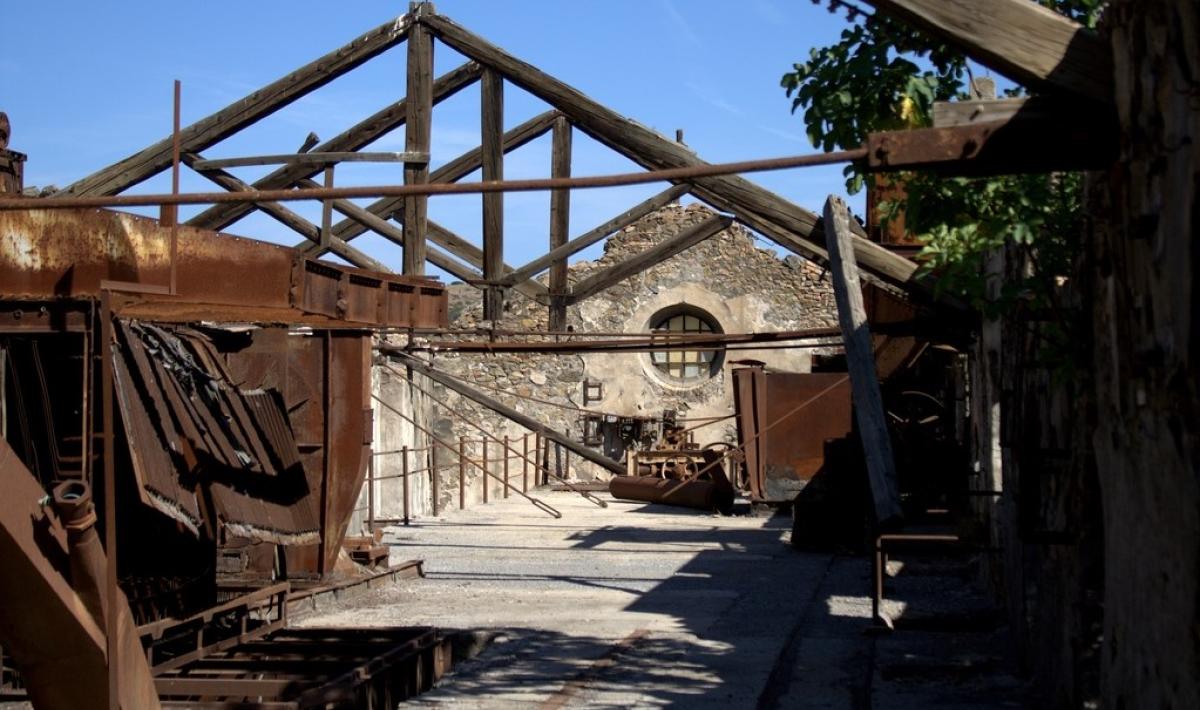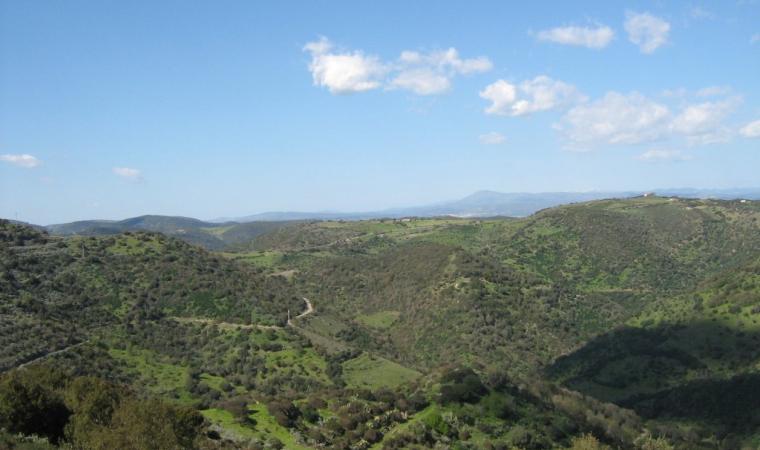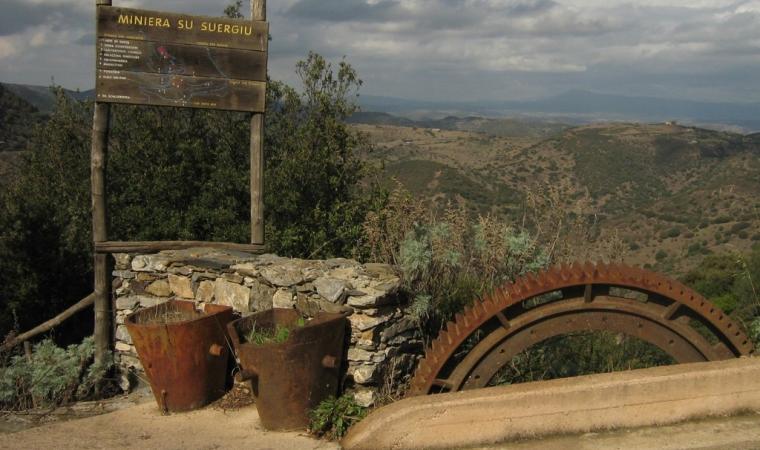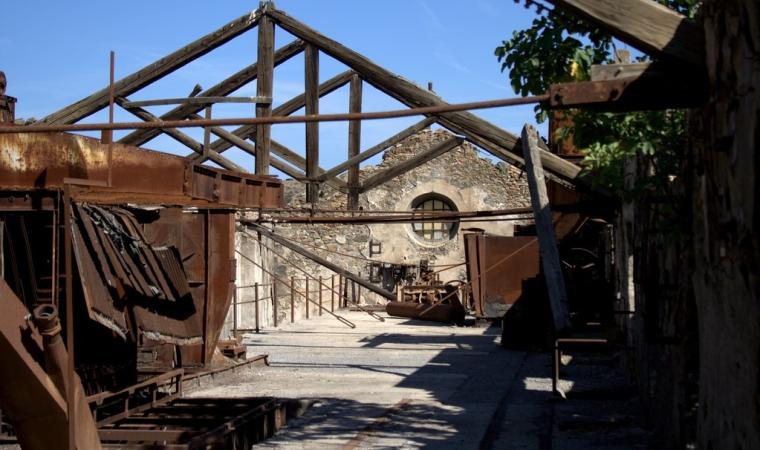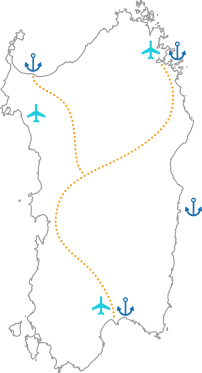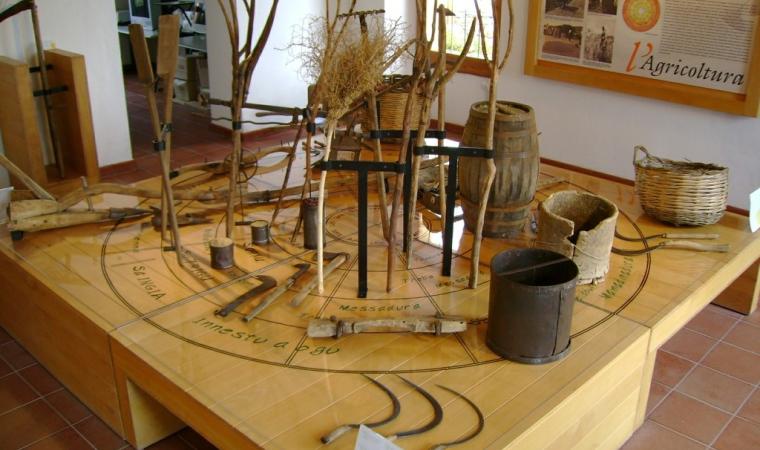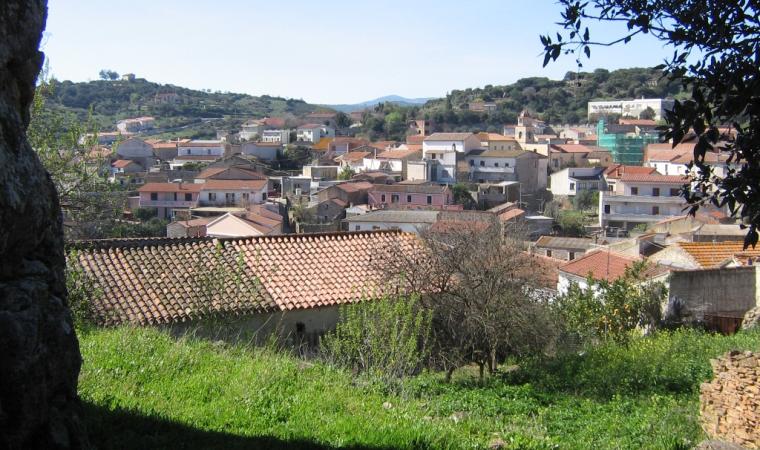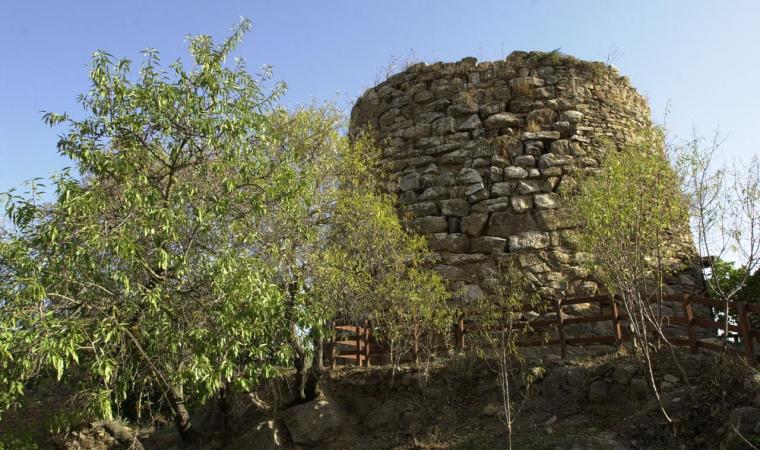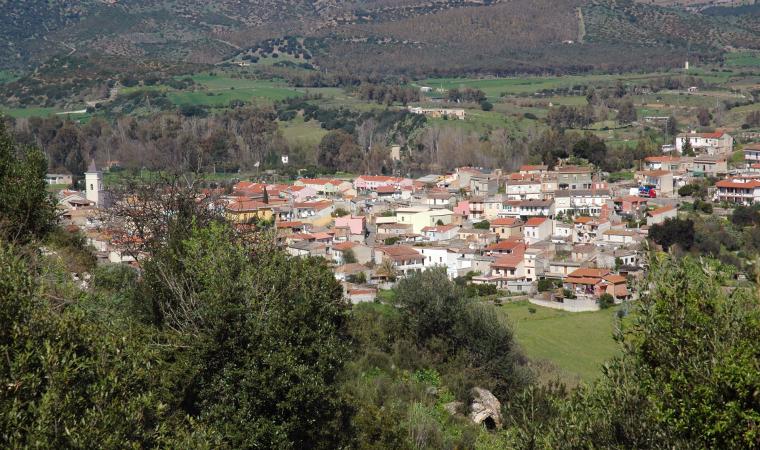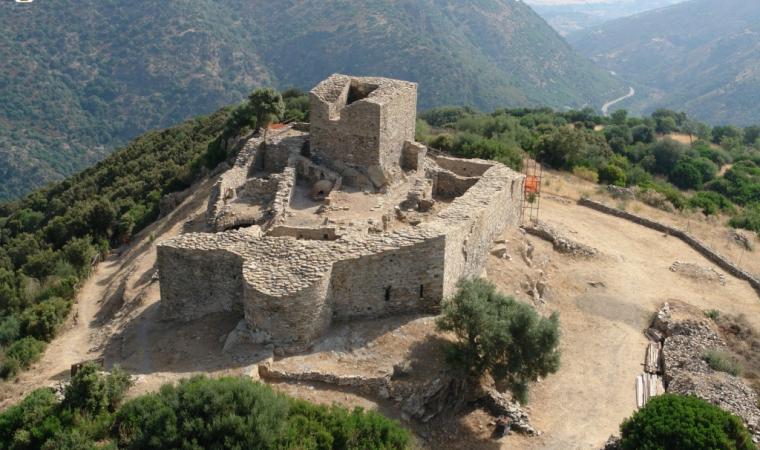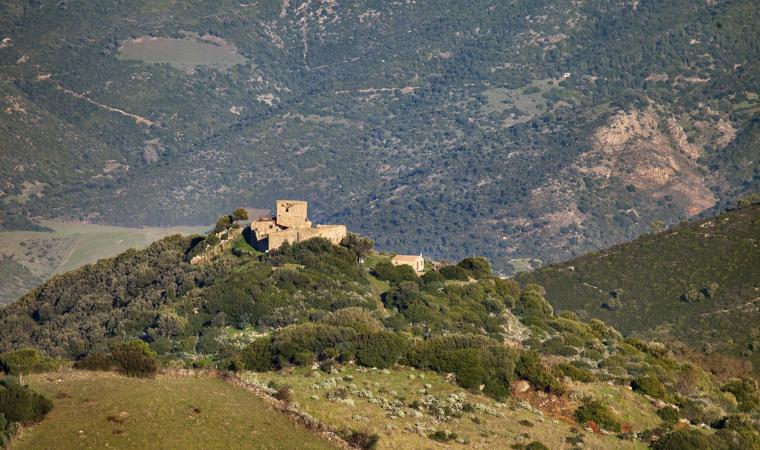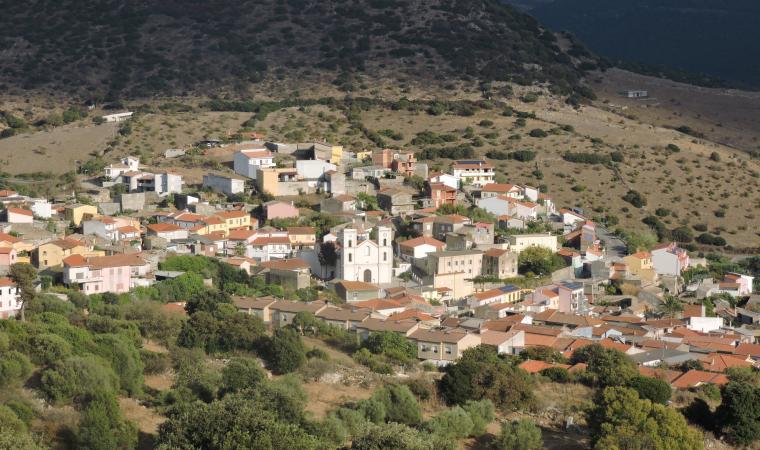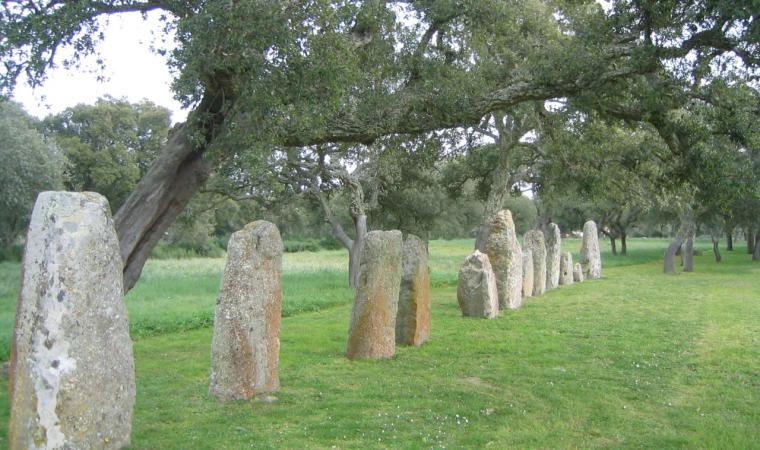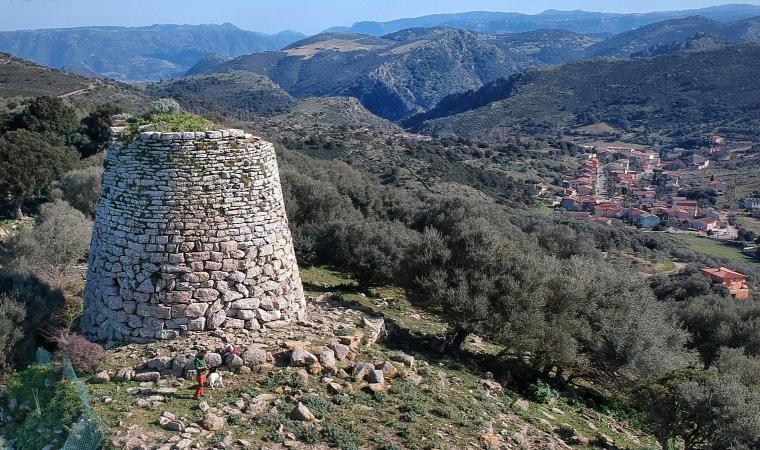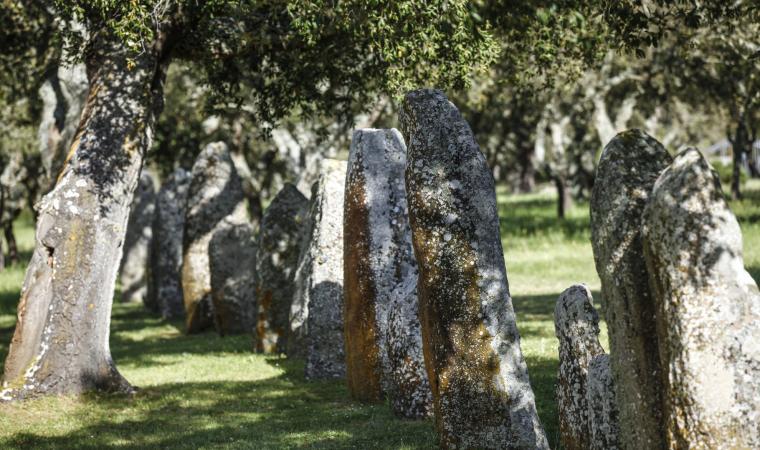Operating between 1880 and 1987, the year when operations were finally discontinued, it was the most important site for the extraction and processing of antimony in Italy. During the world wars, its foundry produced 90 percent of the Italy’s total. Today, the Su Suergiu mine is a precious piece of industrial archaeology within Sardinia’s geominerary park. The name derives from the cork oaks (suergiu) that contribute to the luxuriant nature of the Sessini valley’s stream, immersed in the harsh rocky context of Gerrei, where mining villages and extraction plants reside. The stream flows under the steep-sloped and sinuous plateau, where lies Villasalto, a town that owes to its mining activity - including the minor mines of Sa Lilla and Parredis – its fame and prosperity throughout the 20th century. Deposits of antimony were discovered in the mid-19th century and led to the opening of the mine a few decades later. The metal was processed in Suergiu and then exported all over the world, used throughout the war and in pharmaceutical and cosmetics industries. The mine has always been conditioned by conflicts - the Great War completely absorbed production, the Ethiopian ‘campaign’ gave it a new impetus, the Second World War produced profits but froze its development. In the post-war period came the inexorable crisis of activity, which saw its final upsurge in the 1960s, followed by a definitive decline.

